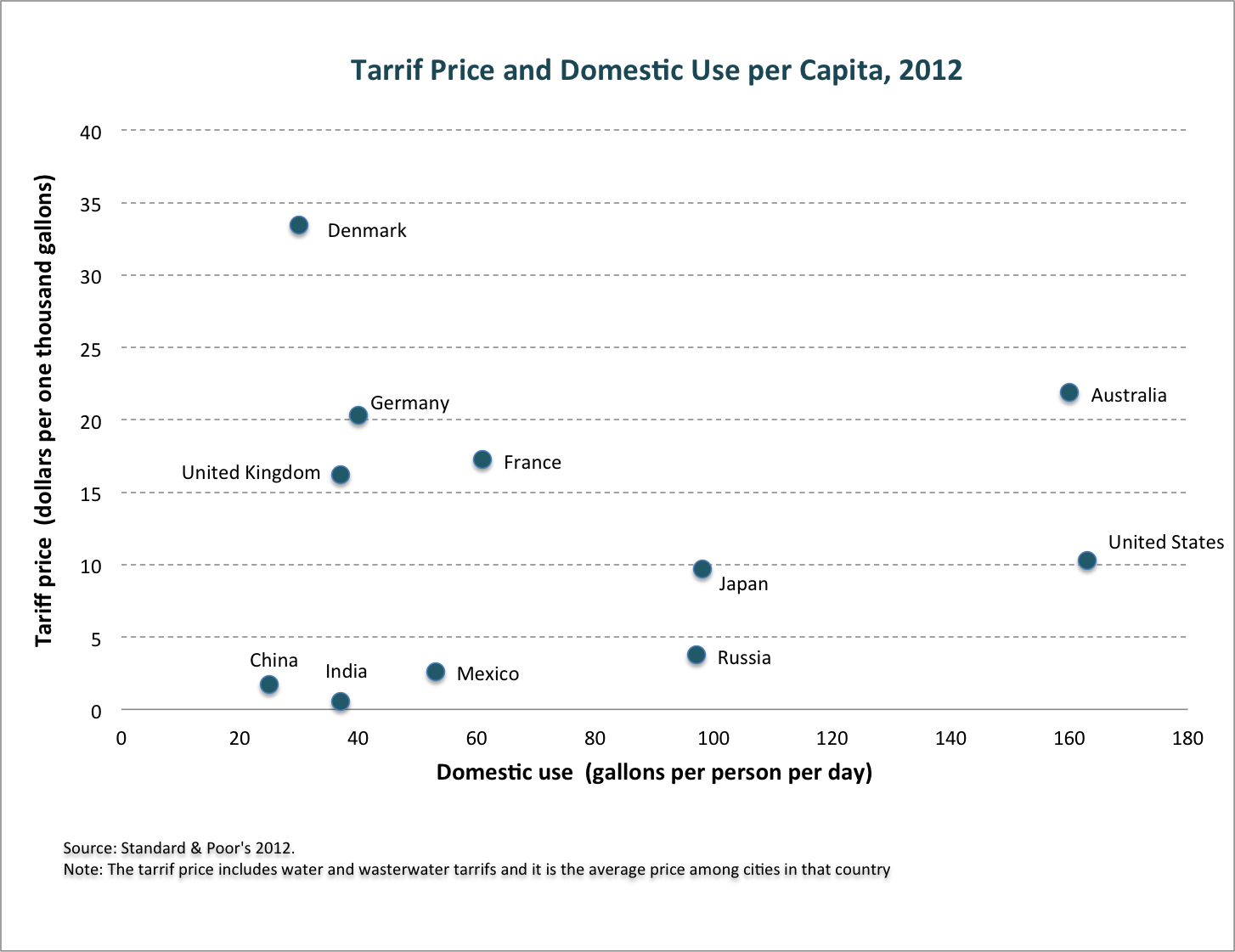California’s epic drought is not yet over and it still presents a tremendous opportunity.
It’s not the first time the state has faced a major resource crisis, and, if history is a guide, the Golden State could lead the way to reinvent its – and the U.S. – water sector.
Dry spells have become a recurring phenomenon in California, undermining assumptions upon which the state’s heavily engineered water system was built. While this sophisticated systems of dams, aqueducts and channels has enabled great social and economic growth in the past century, it is reaching the end of its lifespan.
The drought has spurred state and federal governments to use various financial vehicles to ease impacts. Over the past year, California has set aside billions of dollars for drought relief and new water infrastructure, while enacting new groundwater protections and measures to increase water efficiency and recycling. The Obama administration has also recently pledged millions of dollars to enhance California’s water supply quality and quantity through watershed restoration.
In the early 1990s, California endured an energy crisis. The state used that experience to overhaul its energy sector with a series of strategic research and development investments and a shift in pricing and regulatory policies. This led to the creation of California’s Renewable Energy Portfolio Standard (RPS) in 2002, which transformed the electricity sector through the growth of new energy sources, such as solar and wind energy. These systemic changes ultimately triggered a transformation of the national energy policies. For example, currently 23 states plus Washington D.C. have established RPS.
Water shortages and scarcity is not only a California problem. According to the U.S. Government Accountability Office, 40 out of 50 states expect some level of water shortage in the coming decade. Drought, flooding, climate change, water quality degradation and aging infrastructure pose significant challenges to America’s water and wastewater systems.

This figure show the extent of likely state water shortages over the next decade under average water conditions.
Once again, California has the chance to lead a nationwide paradigm shift. This time, it can be a revolution in water management that better tackles challenges the sector is facing. To do that, California needs to place greater emphasis on a diverse portfolio of innovative solutions such as water reuse, graywater systems, storm and rainwater capture, efficiency and conservation and smart water systems. It should also consider making smart investments in research, development and dissemination of new and innovative solutions that would promote a more holistic and integrated approach to regional water resource management.
Emergency drought funds and bond money can initiate the transformation of California’s water sector by buying down the cost of new technologies and providing initial investment capital to attract private and public funding. However, this is only a one-time funding boost. Making the leap to a more flexible and reliable water system will require a steady and sustainable funding source devoted to innovation.
There needs to be a nationwide realization that the era of undervalued water is over. The water sector needs to fundamentally change the way it values water as a resource by adjusting water rate structure and pricing policies to capture the full cost of services provided to its customers.
The average cost of water in the United States is one of the lowest compared to other developed countries while its per capita water use is among the highest (Figure 2). Underpricing water could often lead to a gap between revenue collected from customers and the total costs to operate water systems, leaving limited options to pursue and implement innovative solutions. The water sector should move away from the price-per-unit model, and decouple their revenue stream in a way that would reflect the marginal cost of consumption and scarcity.

In addition, the establishment of a local or regional water innovation fund could enable utilities to strategically invest in research and development and create new markets. This would reduce the risk and cost of realizing innovative solutions and can be leveraged to attract additional private and public monies. To facilitate this multiplier effect, some of these efforts have to be backed up by policies that can pave the water sector’s path to innovation.
Even though the El Niño weather pattern brought rain to different parts of California, it has not been enough to eliminate the impacts of a four-year drought. California should act on the current momentum and public awareness to address its short and long-term water challenges. The state should seize the opportunity to bring the water sector into the 21st century.
The views expressed in this article belong to the author and do not necessarily reflect the editorial policy of Water Deeply.
